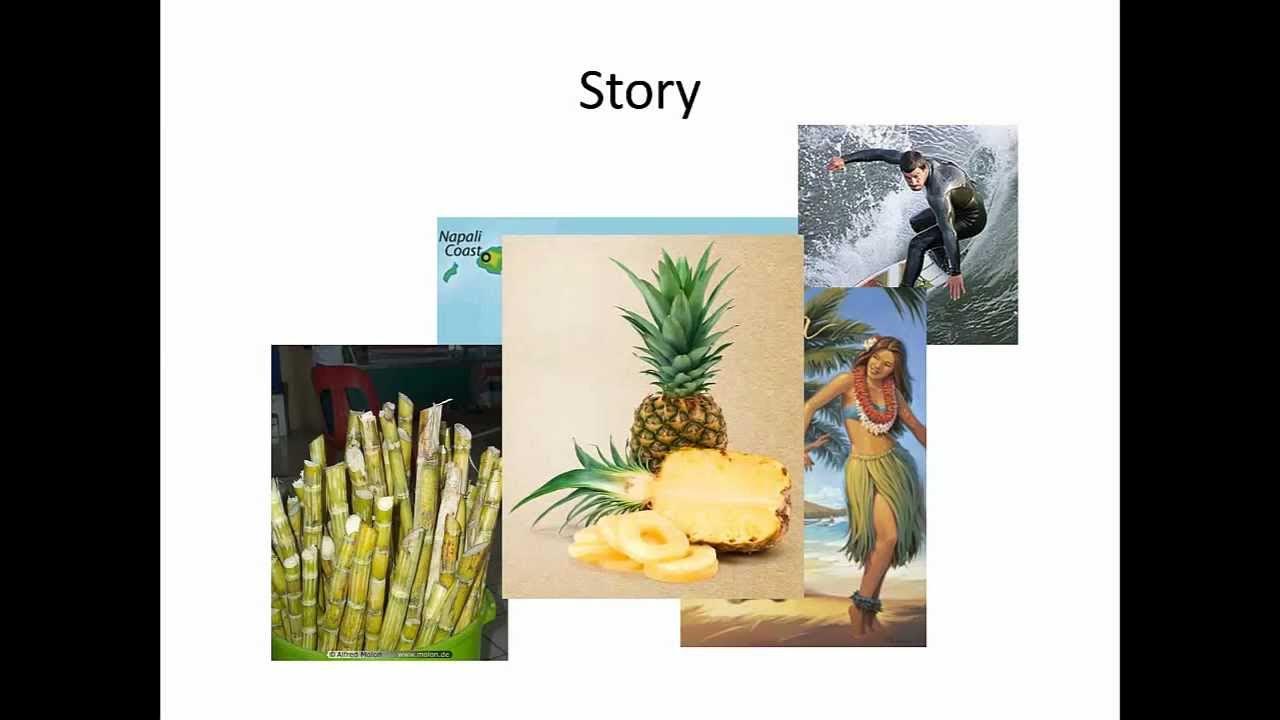Poverty as a Challenge | 10 Minutes Rapid Revision | Class 9 SST
Summary
TLDRThis script discusses poverty from multiple dimensions, using urban and rural case studies to illustrate its complexities. It introduces the concept of the poverty line, explaining how it's calculated and its variations between urban and rural areas. The chapter explores social exclusion and vulnerability, emphasizing that poverty is not just about income but also access to health, education, and social inclusion. It also discusses the impact of economic growth on poverty reduction and the role of targeted anti-poverty programs. The script concludes with the importance of continuous efforts to address poverty, even as definitions and measurements evolve.
Takeaways
- 📊 The chapter discusses the multidimensional aspects of poverty, highlighting the differences between urban and rural areas.
- 🏙️ It introduces terms like 'social exclusion' and 'vulnerable' to understand the various challenges faced by the poor.
- 📈 The concept of the poverty line is explained, which is used to estimate poverty levels and identify vulnerable groups within the country.
- 🌍 The chapter attempts to show global poverty scenarios through the lens of global poverty lines and the efforts made to reduce them.
- 🏡 Case studies are used to illustrate the experiences of poverty in both urban and rural settings, emphasizing common issues like landlessness, unemployment, illiteracy, and health issues.
- 👨👩👧👦 The narrative discusses the impact of family size on poverty and the common characteristics found in families living in poverty.
- 🌱 The chapter touches on the historical and cultural practices that contribute to the cycle of poverty, such as inheritance customs and religious ceremonies.
- 💼 It explains how poverty is calculated, using the concept of poverty lines based on income and caloric intake, adjusted for space and time.
- 🌾 The importance of considering minimum requirements for basic sustenance, such as food, clothing, and shelter, is highlighted in the calculation of poverty lines.
- 📉 Data from organizations like the NSSO is used to show the decline in poverty over the years and the efforts of anti-poverty programs.
Q & A
What is the main theme of the chapter discussed in the transcript?
-The main theme of the chapter is understanding poverty from multiple dimensions, focusing on both urban and rural areas, and discussing the challenges and strategies to combat poverty.
What are the two typical cases discussed in the chapter to explain poverty?
-The two typical cases discussed are poverty in urban areas and poverty in rural areas, highlighting the different challenges faced in each environment.
What terms does the chapter introduce to understand poverty better?
-The chapter introduces terms such as 'social exclusion' and 'vulnerable' to help understand the different aspects of poverty.
How does the chapter define the concept of a poverty line?
-The chapter defines the poverty line as an imaginary line set to determine who is considered poor based on income and the ability to afford a minimum number of calories.
What are the factors that contribute to social exclusion as mentioned in the chapter?
-Social exclusion is contributed by factors such as living in poverty, being part of a marginalized community, and the belief that the poor will remain poor due to their circumstances.
How does the chapter discuss the impact of poverty on different social and economic groups?
-The chapter discusses that not all social and economic groups are equally affected by poverty; some groups are more vulnerable, such as scheduled castes, scheduled tribes, landless laborers, and casual workers.
What is the significance of the term 'vulnerable' in the context of poverty as discussed in the chapter?
-The term 'vulnerable' refers to groups that are more likely to be severely affected by poverty and have a higher chance of facing difficulties during adverse times.
How does the chapter explain the calculation of poverty estimates?
-The chapter explains that poverty estimates are calculated based on the poverty line, which considers minimum income and caloric intake requirements, and these estimates are periodically revised to account for inflation.
What is the role of international organizations in measuring poverty as discussed in the chapter?
-International organizations play a role in measuring poverty by providing a standardized poverty line, such as the World Bank's $1.90 per capita per day, to compare poverty levels across different countries.
How does the chapter address the issue of regional disparities in poverty within a country?
-The chapter addresses regional disparities by highlighting that poverty rates can vary significantly between states, and it discusses the factors contributing to these differences, such as economic policies, public distribution systems, and historical development.
What are the challenges and strategies discussed in the chapter to reduce poverty?
-The chapter discusses challenges such as the gap between urban and rural poverty, the persistence of vulnerable groups in poverty, and the need to move beyond minimum levels of sustenance to achieve sustainable poverty reduction. Strategies include economic growth, targeted anti-poverty programs, and continuous efforts to address poverty as a moving target.
Outlines

This section is available to paid users only. Please upgrade to access this part.
Upgrade NowMindmap

This section is available to paid users only. Please upgrade to access this part.
Upgrade NowKeywords

This section is available to paid users only. Please upgrade to access this part.
Upgrade NowHighlights

This section is available to paid users only. Please upgrade to access this part.
Upgrade NowTranscripts

This section is available to paid users only. Please upgrade to access this part.
Upgrade NowBrowse More Related Video
5.0 / 5 (0 votes)





